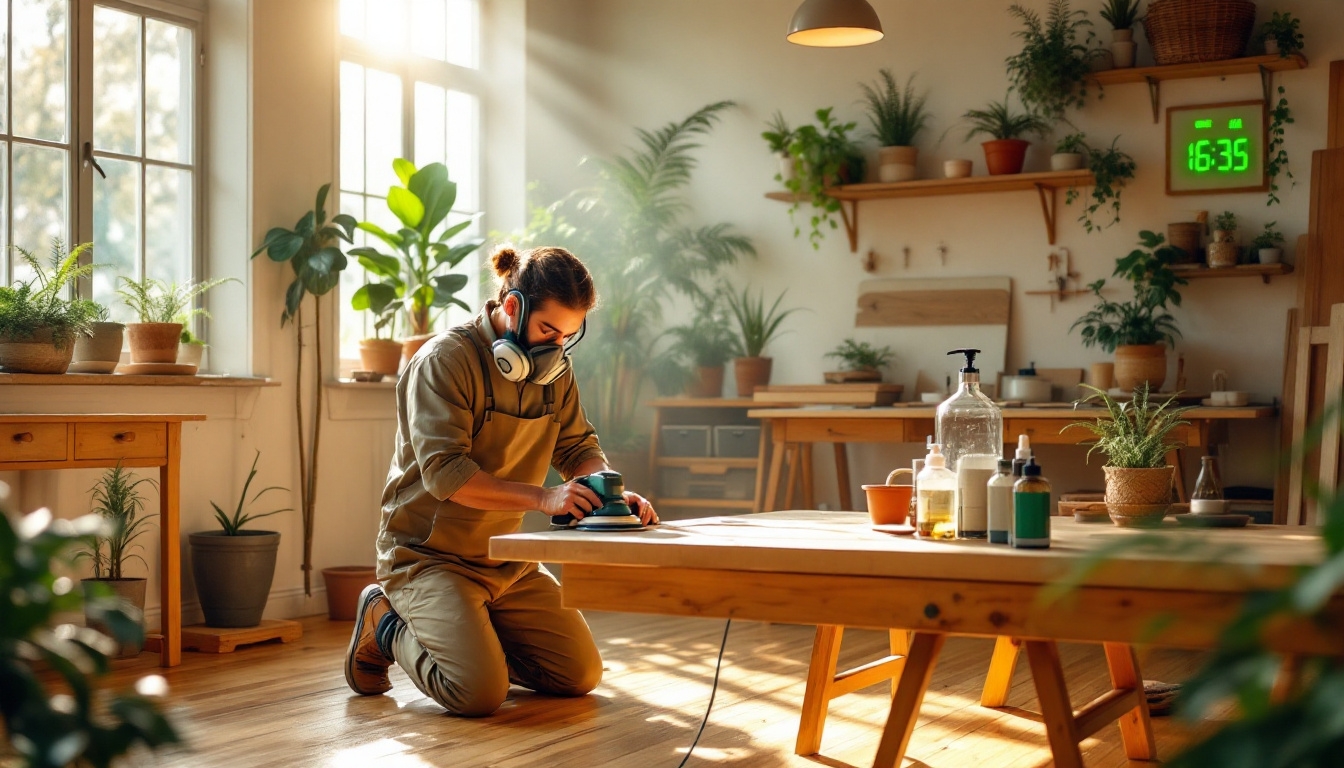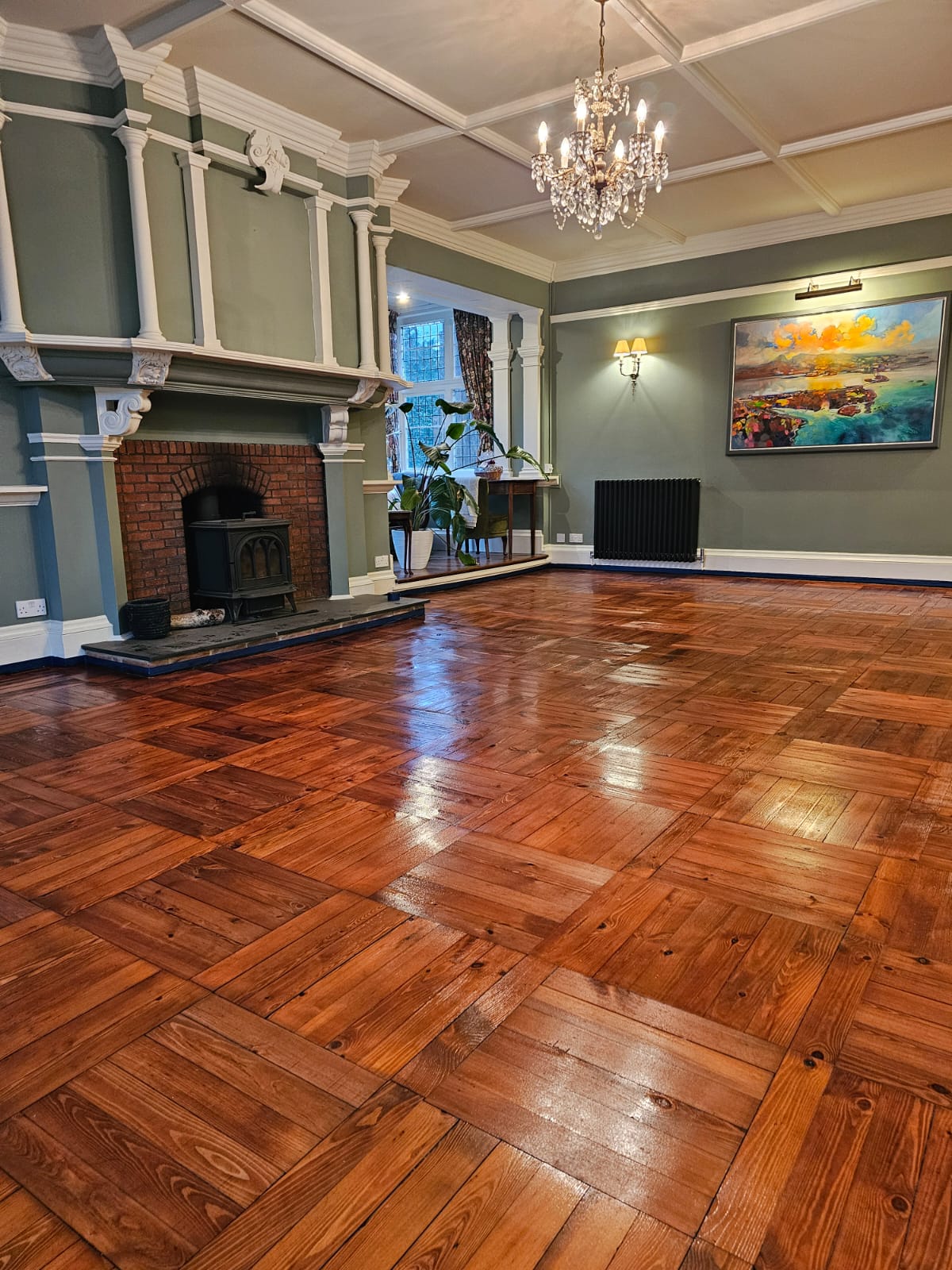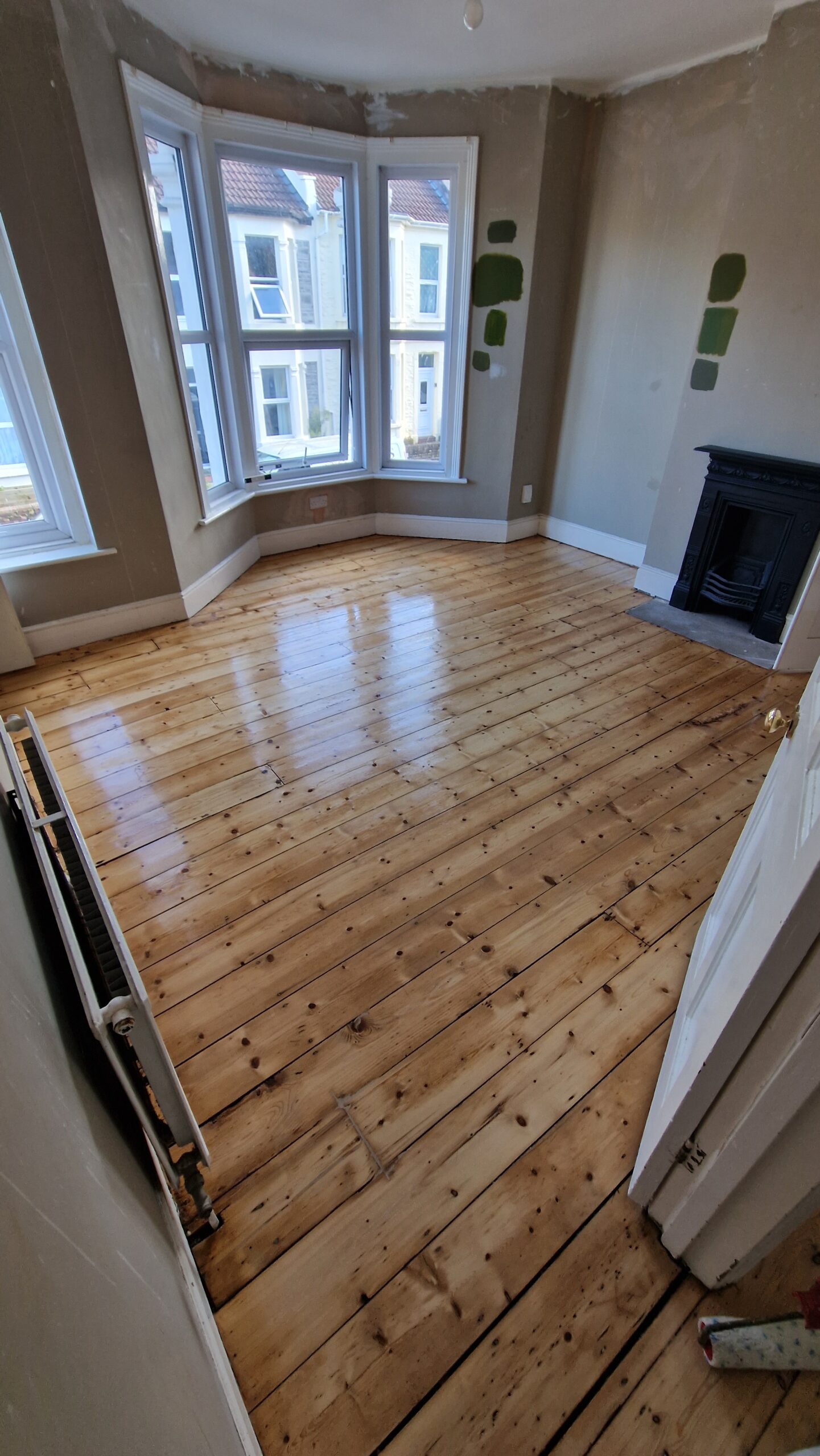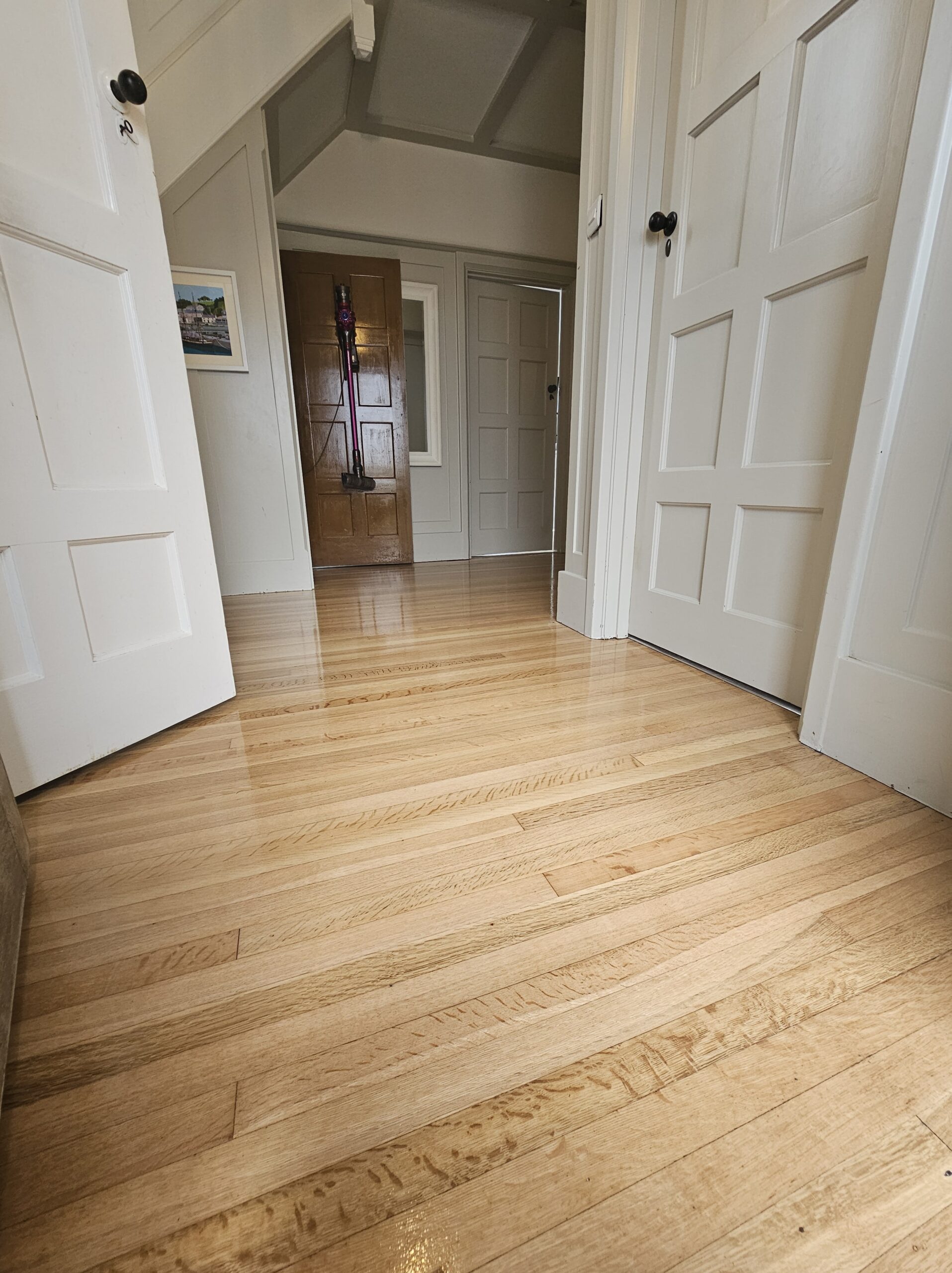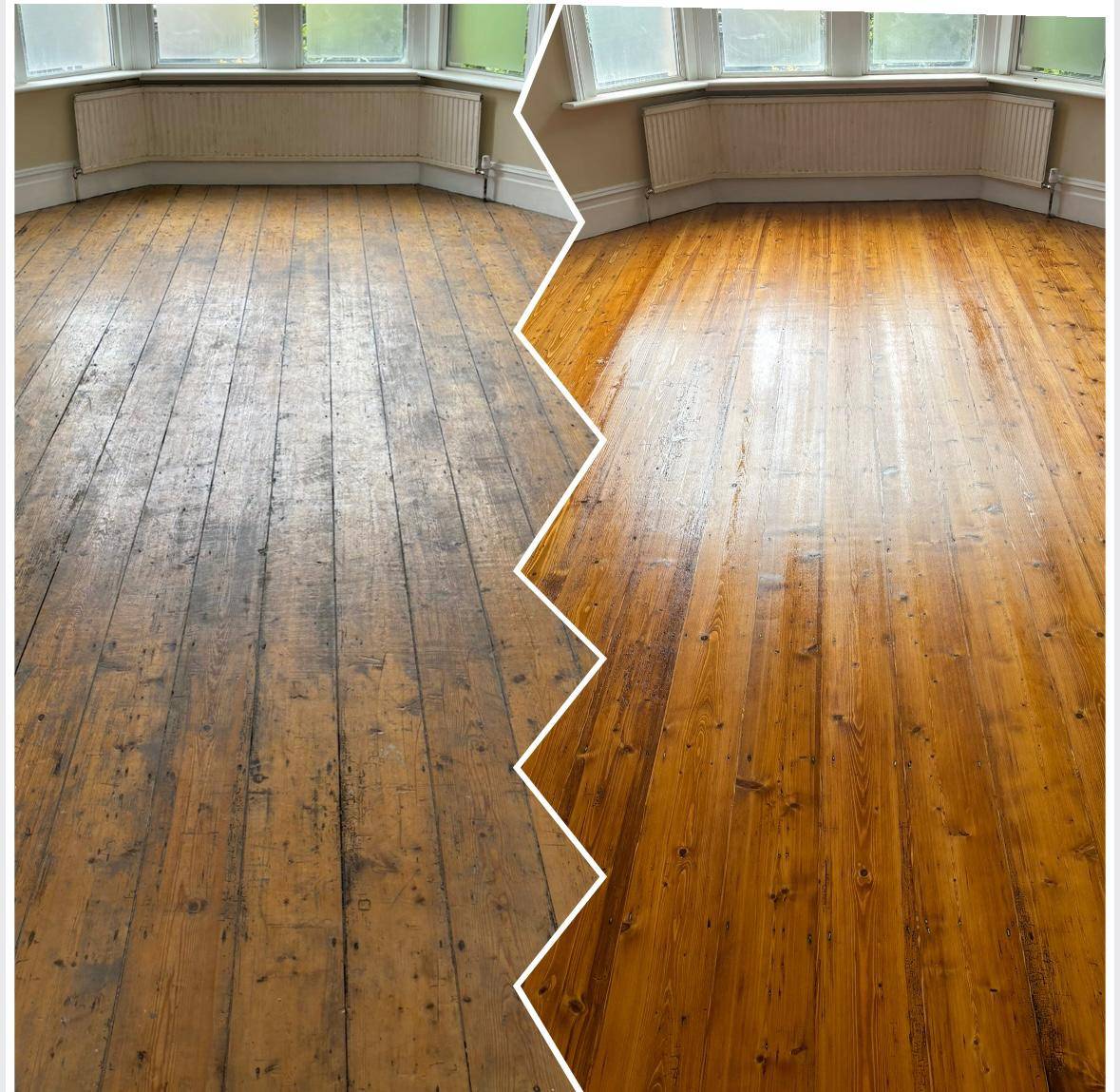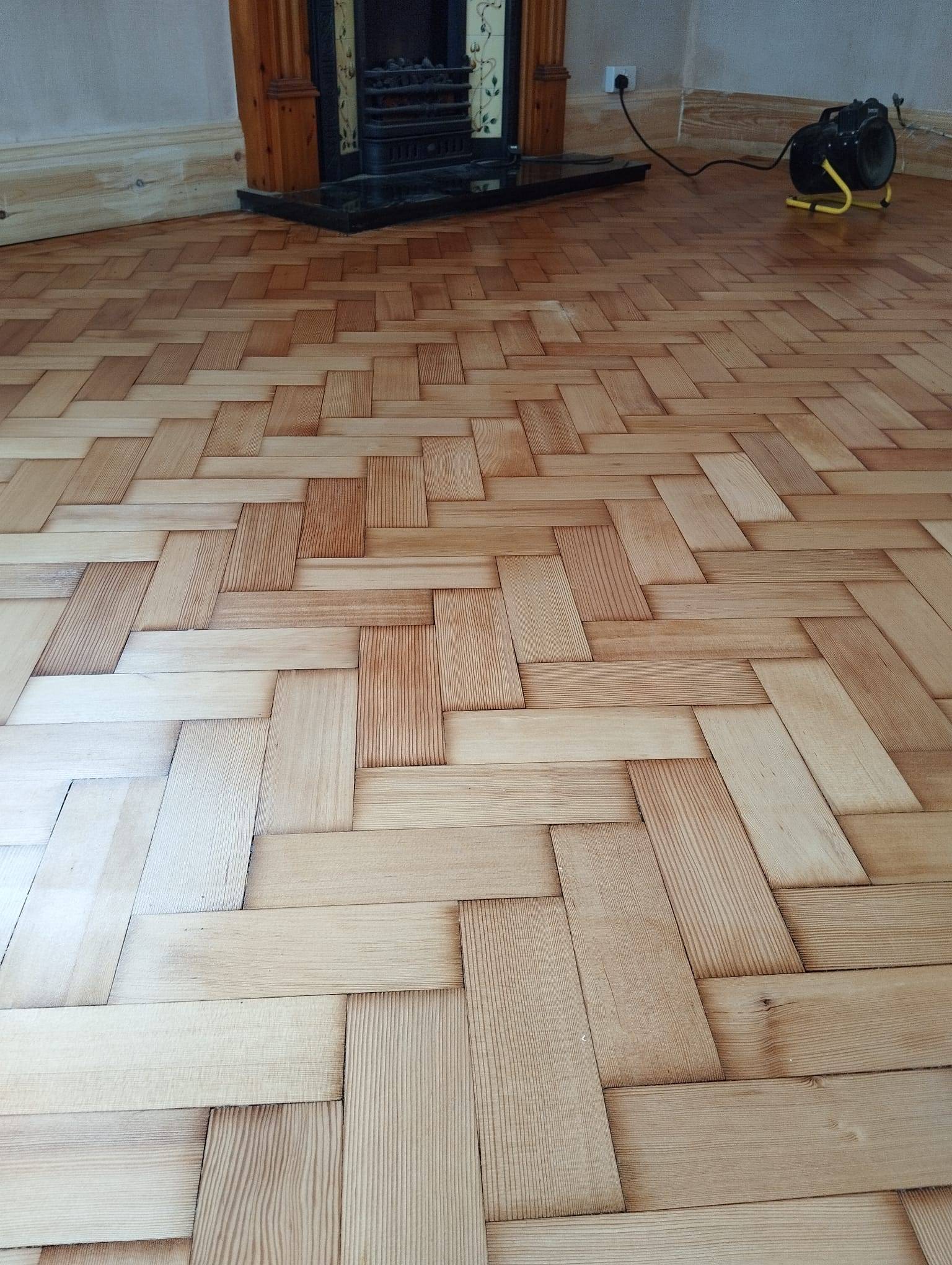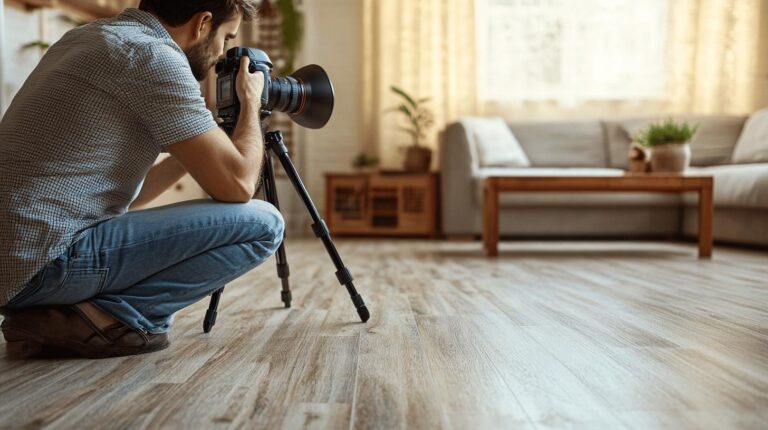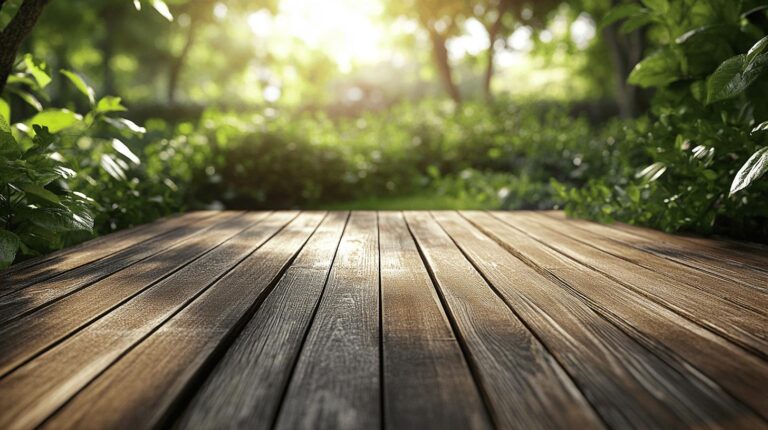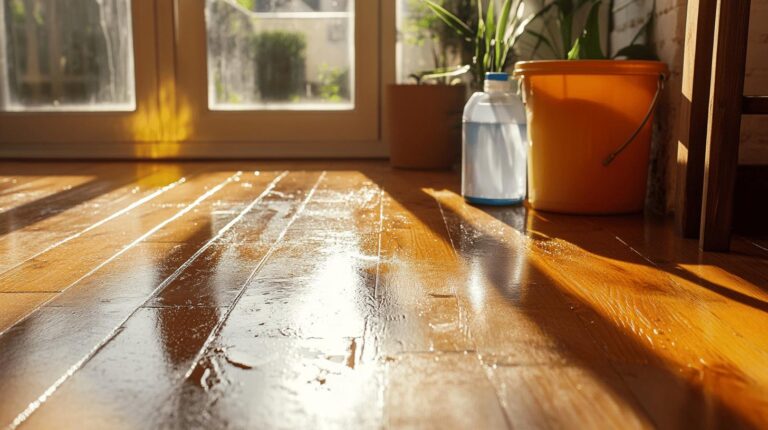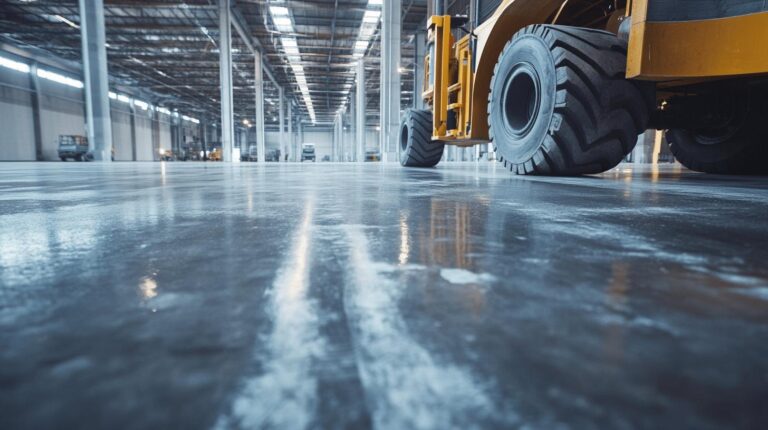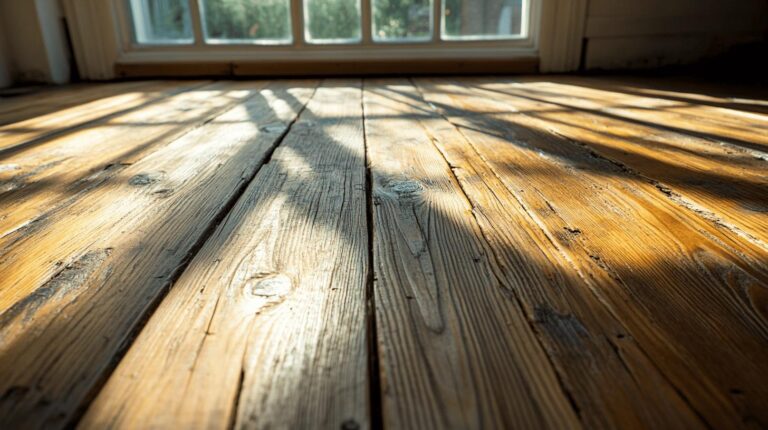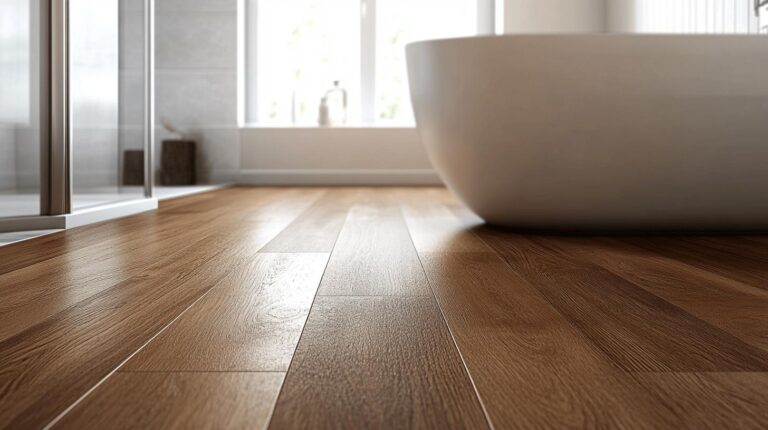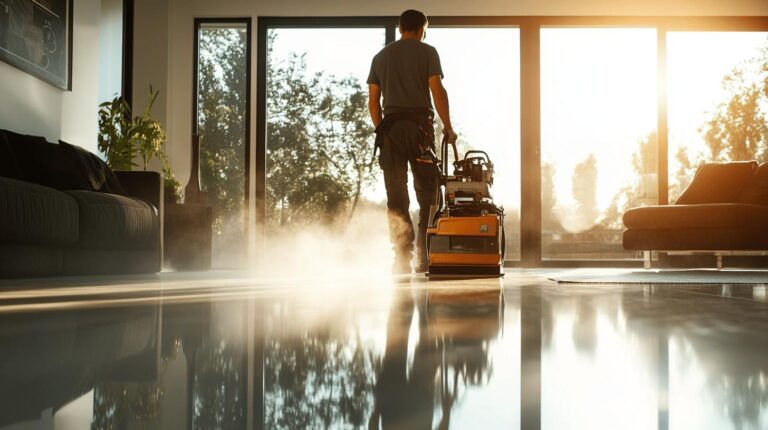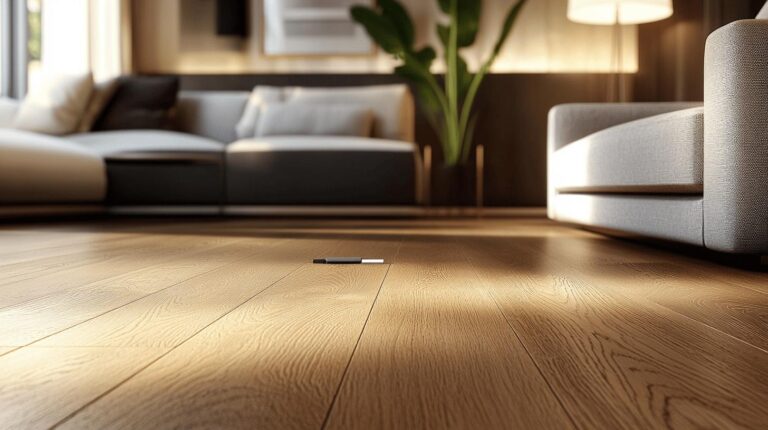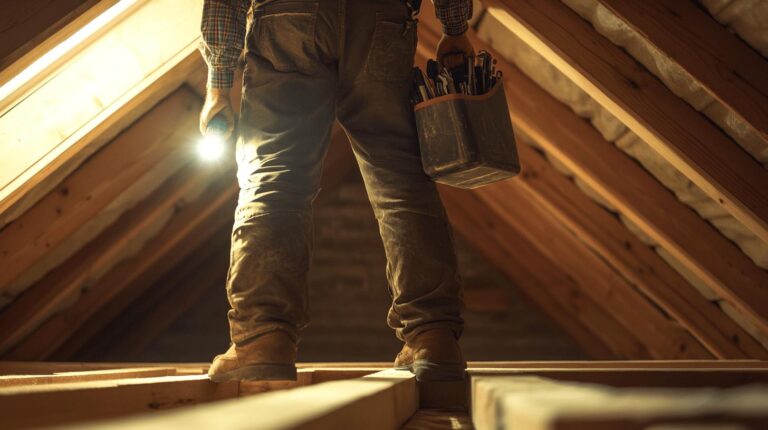When it comes to floor sanding, could the path to sustainability lie beneath your feet? Eco-friendly floor sanding options are not just a trend; they are a commitment to reducing our ecological footprint and enhancing the longevity of your wooden floors. By incorporating sustainable materials and techniques, such as responsibly sourced wood and dust-free sanding technology, homeowners have the power to transform their spaces without compromising the planet. This article will explore the choices available to those seeking environmentally conscious solutions, offering insights into materials, techniques, benefits, and finishes that align with a sustainable lifestyle.
Eco-Friendly Materials for Floor Sanding
Utilising eco-friendly floor sanding options is essential for reducing environmental impact while maintaining the aesthetics and functionality of wooden floors. Selecting sustainable materials not only contributes to environmental conservation but also enhances the overall quality and durability of the floor. Bamboo and cork are excellent choices due to their rapid renewability and minimal resource requirements. These materials grow quickly and use fewer resources, making them ideal for sustainable floor finishing. In addition to their ecological benefits, they add a unique aesthetic to interiors. Low-VOC products, crucial for reducing indoor air pollution, are also an integral part of sustainable floor finishing. These products ensure that harmful emissions are kept to a minimum, creating a healthier indoor environment.
- Bamboo
- Cork
- Responsibly sourced wood
- Reclaimed wood
- Engineered hardwood
Certifications such as the Forest Stewardship Council (FSC) and the Programme for the Endorsement of Forest Certification (PEFC) play a pivotal role in ensuring that the wood used in floor sanding practices is sustainably sourced. These certifications guarantee that the wood is harvested following strict environmental and ethical guidelines, promoting responsible forestry practices. By choosing materials that carry these certifications, consumers can be confident that they are contributing to the preservation of forests and supporting sustainable wood floor restoration practices. Additionally, reclaimed wood offers an eco-conscious alternative, as it repurposes existing timber, reducing the need for new resources and further supporting sustainability.
Eco-Friendly Floor Sanding Techniques
Adopting eco-friendly techniques in floor sanding is crucial for reducing environmental impact and enhancing indoor air quality. As awareness of environmental sustainability grows, innovative methods have emerged to minimise the adverse effects of traditional sanding processes. These techniques not only protect the environment but also contribute to a healthier living space.
Dust-free sanding is a prime example of such innovation. This technology captures dust at the source, significantly reducing airborne particles during the sanding process. By decreasing dust emissions, it not only improves air quality but also expedites the cleaning process, making it more efficient. Dustless sanding is particularly beneficial in settings where maintaining cleanliness is paramount, such as homes with allergy sufferers or commercial spaces that require minimal disruption.
Chemical-free floor treatments and zero-waste commercial floor sanding methods further advance the sustainability of floor sanding practices. By eliminating harmful chemicals, these treatments minimise health risks associated with exposure to toxic substances. Zero-waste methods focus on reducing material waste during the sanding process, ensuring that resources are used efficiently and responsibly. These eco-friendly options prioritise both health and environmental safety, offering sustainable solutions that align with ethical business practices and contribute to a greener future.
Benefits of Using Eco-Friendly Floor Sanding Options
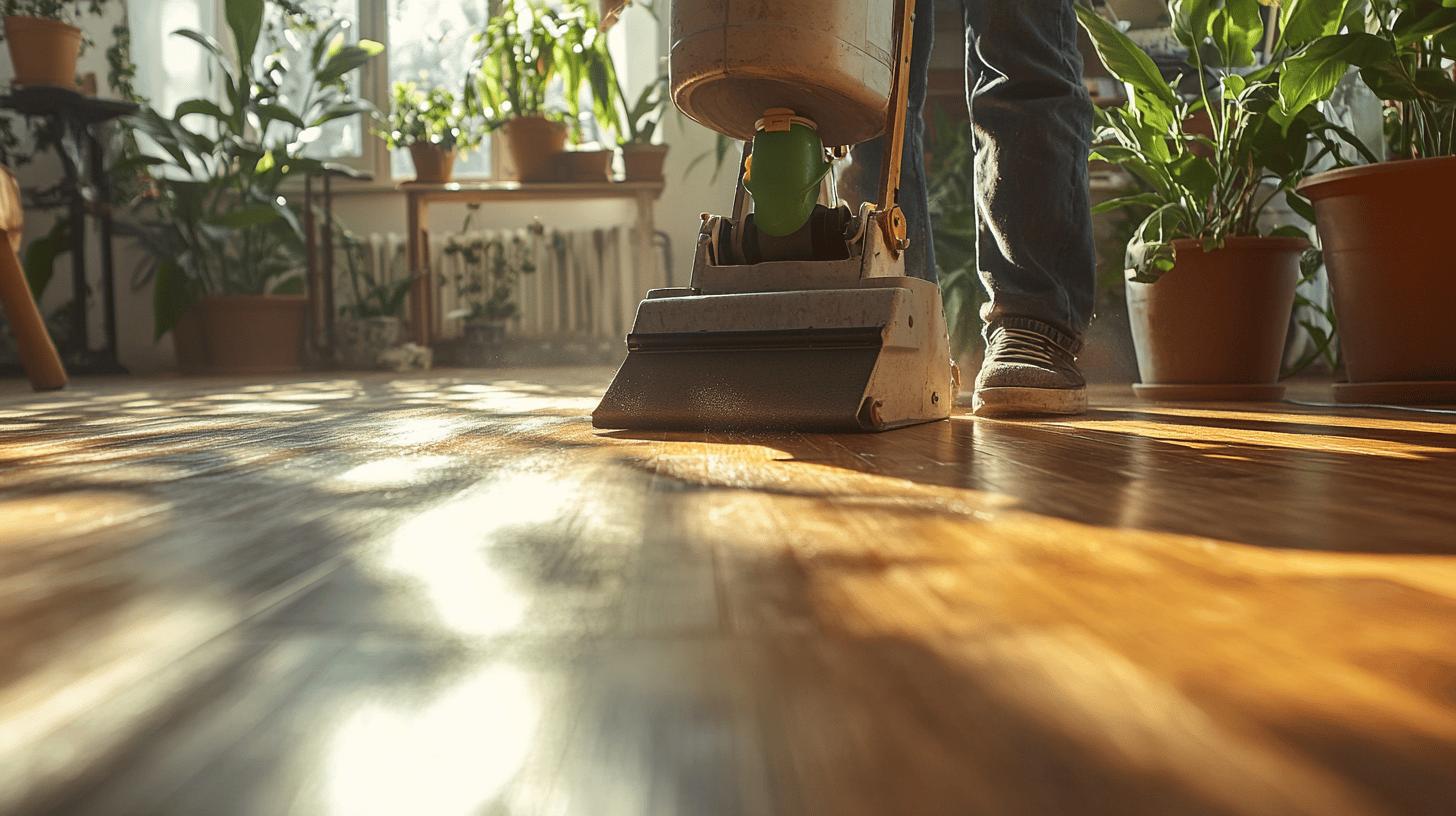
Choosing eco-friendly floor sanding options offers numerous environmental and health benefits compared to traditional methods. One significant advantage is the improvement of indoor air quality. Traditional sanding often releases high levels of dust and volatile organic compounds (VOCs), contributing to indoor pollution and posing health risks. Eco-friendly sanding techniques, such as dust-free sanding and low-VOC finishes, help to minimise these emissions, ensuring a cleaner and healthier indoor environment. Additionally, these methods contribute to reducing the ecological footprint of floor renovation projects. By utilising sustainable materials and techniques, eco-friendly sanding practices conserve resources and lower the overall environmental impact, supporting global sustainability initiatives.
| Benefit | Explanation |
|---|---|
| Healthier Indoor Air Quality | Reduces dust and VOC emissions, improving air quality and reducing health risks. |
| Reduced Ecological Footprint | Conserve resources and minimise environmental impact through sustainable practices. |
| Enhanced Floor Durability | Eco-friendly methods improve floor longevity, reducing the need for frequent refinishing. |
Long-term benefits of eco-friendly floor sanding include enhanced durability and cost-effectiveness. Sustainable sanding practices often result in more resilient flooring that withstands wear and tear better than those treated with conventional methods. This increased durability reduces the frequency of future refinishing, ultimately leading to lower maintenance costs over time. Furthermore, by supporting ethical business practices and a sustainable global economy, choosing eco-friendly options aligns with a commitment to environmental stewardship. These practices not only ensure a healthier living environment but also provide lasting value and savings, making them an attractive choice for both homeowners and businesses.
Choosing Eco-Friendly Floor Finishes
Selecting the appropriate floor finish is crucial for both environmental sustainability and personal health. Traditional finishes can emit high levels of volatile organic compounds (VOCs), which contribute to indoor air pollution and pose health risks. Opting for eco-friendly finishes not only reduces these harmful emissions but also supports a healthier living environment.
Water-based floor sealing finishes are an excellent choice for eco-conscious individuals. They offer low VOC emissions, which significantly improve indoor air quality compared to oil-based alternatives. Additionally, water-based finishes dry faster and emit less odour, making them more convenient for both residential and commercial applications. Environmentally safe varnishes, which are created using sustainable materials, further enhance the durability and aesthetic appeal of wood floors without compromising ecological values.
Non-toxic sealants play a pivotal role in maintaining healthy indoor air quality. These sealants provide robust floor protection against wear and tear while eliminating the release of harmful chemicals into the environment. By ensuring that toxic substances are minimised or eliminated, non-toxic sealants contribute to creating a safer indoor space. When selecting floor finishes, prioritising products that offer low VOC emissions and non-toxic properties is essential for achieving sustainable flooring solutions that align with both environmental and health considerations.
Ryan’s Restoration: Your Eco-Friendly Floor Sanding Partner
Recent advancements in floor sanding technology have significantly enhanced the efficiency and sustainability of the process. These innovations have made floor sanding less disruptive to occupants and more environmentally friendly, aligning with the growing demand for eco-friendly home improvement solutions. Ryan’s Restoration stands at the forefront of these advancements, offering a suite of eco-conscious products and services that set them apart as eco-flooring experts. By integrating sustainable flooring practices into their operations, Ryan’s Restoration provides a compelling alternative to traditional, more environmentally taxing floor sanding methods.
- Dust-free sanding
- Use of non-toxic sealants
- Water-based finishes
Choosing Ryan’s Restoration for your floor sanding needs means opting for a company committed to sustainability and environmental stewardship. Their focus on eco-friendly solutions ensures that clients receive high-quality results while minimizing their ecological footprint. Whether it’s through the use of dust-free sanding techniques, non-toxic sealants, or water-based finishes, Ryan’s Restoration exemplifies the best in sustainable flooring practices, making them an ideal partner for anyone seeking to enhance their home’s aesthetic in an environmentally responsible manner.
Final Words
In the pursuit of eco-friendly floor sanding options, choosing sustainable materials and techniques is crucial. These strategies significantly improve indoor air quality and reduce ecological footprints. Utilising bamboo, cork, and reclaimed wood aligns with sustainable forestry practices. Adopting dust-free sanding technology and chemical-free treatments enhances safety and health. Eco-conscious methods not only benefit the environment but also provide durable, cost-effective flooring solutions. Ryan’s Restoration stands out by offering advanced, eco-friendly flooring services that prioritise sustainability and quality. Investing in these practices contributes to environmental preservation and ensures a healthier living space.
FAQ
How do you finish a floor without sanding it?
Finishing a floor without sanding can be achieved by using chemical etching, which removes the top layer of finish or an application of a top coat directly on the existing finish if it’s in good condition.
Can you sand a floor without dust?
Sanding a floor without dust is possible using dustless sanding technology. This method involves advanced equipment that captures dust particles at the source, significantly improving indoor air quality and reducing cleaning time.
What are some eco-friendly flooring options?
Eco-friendly flooring options include materials like bamboo, cork, responsibly sourced wood, reclaimed wood, and engineered hardwood. These materials are sustainable, biodegradable, or require minimal resources to produce, making them environmentally friendly.
How do I keep dust down when sanding my floor?
To keep dust down when sanding, employ dustless sanding equipment. These systems efficiently capture airborne dust, enhancing air quality and reducing the clean-up effort by eliminating loose particles during the sanding process.
